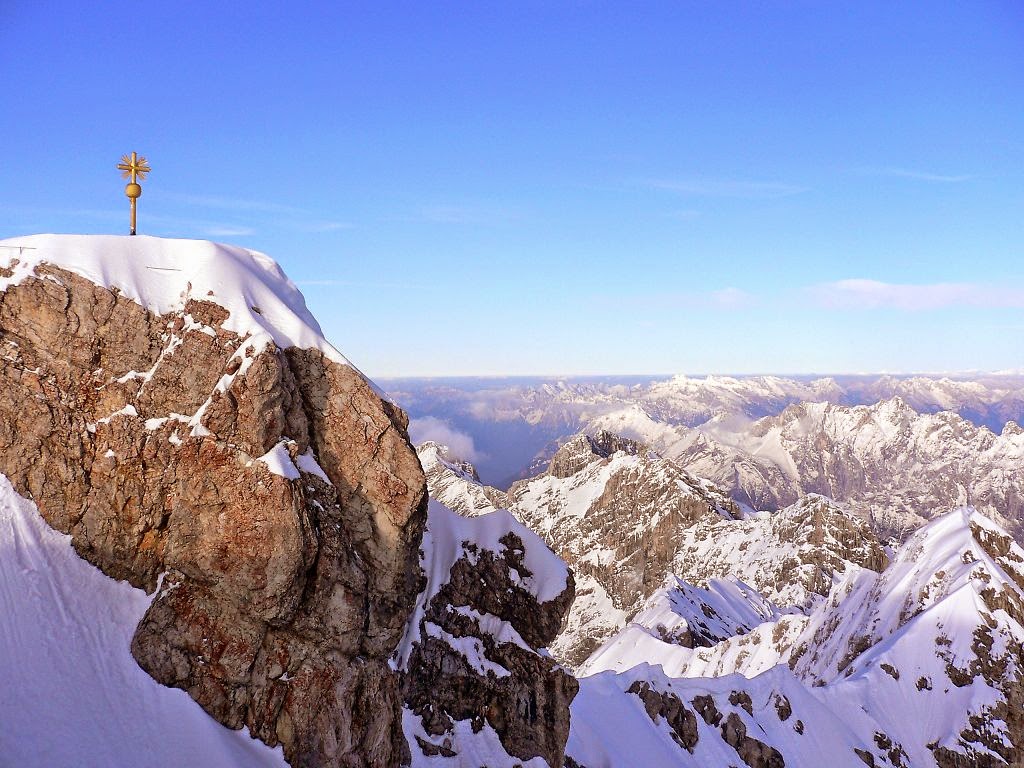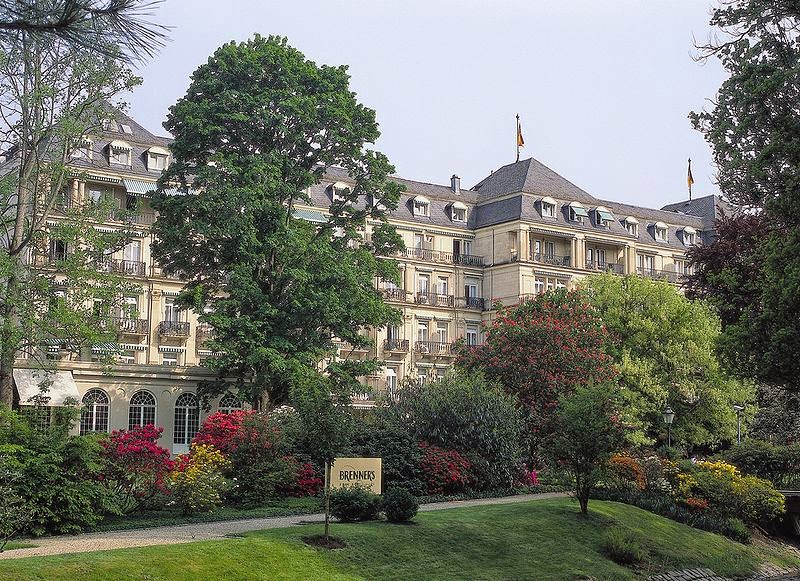greenrice fieldsand plantations inthe watershedis arare sightin thecountrywith thegeographical conditionscomposed mostly ofrockymountainsandclad ina dry climate.
INANOTHERCHANCE,I wascoming of anold friendwhoasked me toaccompany himduring his visitin the city ofKabul. Colleaguesfrom Indonesia whoworks as aphotographerworking on a projectdocumentationnomadic tribesin thecountryisrich inmineral deposits. Beforehe wentto several citiesin other areas, wedid not forget tostop insome interesting places. On the waywe wereaccompanied byQurbanAliwho worksatmyfriend's placeto stay.
Activityweek inAfghanistanbeganSaturday andends onWednesday,the holiday falls oneveryThursday and Friday. By usingour generaltracetaxialleys, dusty townona quietFriday. The scenery isalmostuniform, highconcretewall fencewith barbed wireon topandaround thefence made ofiron. Privatesecurity guardscarryingAK-47 automaticriflevisiblevigilin front ofthe havesand theresidenceof foreignworkers. Scenes like thisare not unusual.
Networkingcrowdedmain streetsof KabulbyJapanesevehiclesToyota-brand importedfrom other countries.OccasionallyseenToyotaLandCruiserbulletproofpassedquickly bringsoldiersof the North AtlanticTreaty Organization(NATO) or thenon-governmentworkersandthe richinternationalAfghanistan.In everycorner ofthe street lookspickupsAfghan national police's green complete withautomaticmachinegunsandofficerswatchedcorner of the city. When we feelsafe beingclose to thepolice, in Afghanistaninstead. As we get closerto thepolice, the more dangerous becausethey areoften thetarget ofacts of terrorism, including thegovernment buildingsshould be avoided.
Driving a car in Kabul does not look easy, grid-patterned city makes the motorist must pass through many intersections. Not to mention the added very little traffic signs are just standing in the street with no pass-awareness obey traffic rules right from road users. Most unique things at once dizzying, Kabul only know the name of the area with no street names, to the driver who will pick up after lunch. For example, "In Sha-e-Now the seams right after Kabul Fried Chicken restaurant, the door to the left of the 10th green." Similarly, buses and public transport, there are no numbers or words that indicate the origin and destination of the vehicle . The conductor just shout their destinations and local people seem familiar with the routine of their daily routes to recognize the purpose of public transport through the conductor. Private unmarked cars are also used as public transport, oldsedaninfestedcrowdedby passengerswhostopalong the way.
![]()
Our first stop, look atthe remains ofMausoleum ofNadirShahwho has livedmorethan100 yearsandwas severely damagedduringthe invasion ofthe SovietUnion. From thetomb ofthe kingon the hillMaranjanalso seenviews of the cityof Kabul. Herewe were met bya smallgroup of kidswho are very willingto takehis picture. After that, theyask in return. Apparentlymanyforeigners whocome hereandmakethemcome to expectrewards.
Evenon the way to Ba-e-Baburwe alsotookpause atDarulAman, neo-classical palaceruinswereconstructedas the residenceof the royal familyAmanullahKhaninthe 1920s.Wecould not getcloser asa police officerguarding theareato stop uswiththe reason manyKuchitribesgathered inside. Kuchitribeis one of thetribeslivinginAfghanistanare always moving.
Towardsthe edge of townwe finallyarrivedat the parkhistory, the resting place ofthe first emperorof theMughalEmpirethatwas bornin the valley ofFergana, Uzbekistan, from the lineage ofGenghisKhan. AlthoughBaburwishedtobe buried inhis favoritegardeninKabul,a cityhe loved. The tombis locatedon thefirstMausoleuminAgra, India. Thennineyearslater,the tomb ofBaburmoved toBah-e-Babur, known today as theBaburGarden, a beautiful garden in the springandautumninKabul. Writteninhis grave"ifthere is asurgein theEarth, it's here ...is the place where...This is the place."
![]()
Then weheaded toKaFirushibirdmarket. Enteringthebird marketslike going backto lifedecadesago,wasuntouched by warandmodernity. Long andnarrowmazetarproofandpavedlandsurroundedbyclay-walled buildings. The melodiousbirds singingas ifnotto be outdoneenliven thediscussionof theprospective host, who transact. Hereis soldvarious types ofcages. This placeisa favorite withbookmakersfor thebirdstoseekwhizat stakeevery Fridayin thecity parks. Althoughgamblingis not justified, bettingbirdthat has becomea tradition passed downis allowed.
ItiedonChickenStreet, aroadthat popularamongthe hippiesof the 1960sthrough the 1970sused as astopover ontheiroverlandjourneyfrom Europe toAsiathroughMashadinIran, through the Heart, KandaharandKabulin Afghanistanand crossedKyberPassintoPeshawarinPakistan.
Tracingthesteps through thebarscontainedEnglishtranslations of"Chicken Street", Ihear the callhopefully.Thehawkers andshopkeepersfriendlygreeting, "Hello sir, come seeinside. Nicecarpet, jewelryfor yourwifesir. "Meanwhile, a woman in ablueburqabeggingcontinues to followme. Shepretendedto cryand the childrensaid, "Hello sir, what is your name? sir,are you fromJapan? A merchantOtherexpressedlament, "Business todayis verybad, sir.""Tourist khalas" he continued to explainthere is notraveler whocomesafter theexplosionon this streetthat killedaid workersfrom the U.S.
Amid the unfavorable economy, traders remain in business. With enthusiasm they show a variety of crafts and collection of items that meet the small shop. Hand knotted pile rugs are patiently waiting at the corner store to anyone willing to buy it, typical stone Afghanistan 'lapis lazuli' blue faded rose covered in thick dust and no one ever touched it in a long time.
































